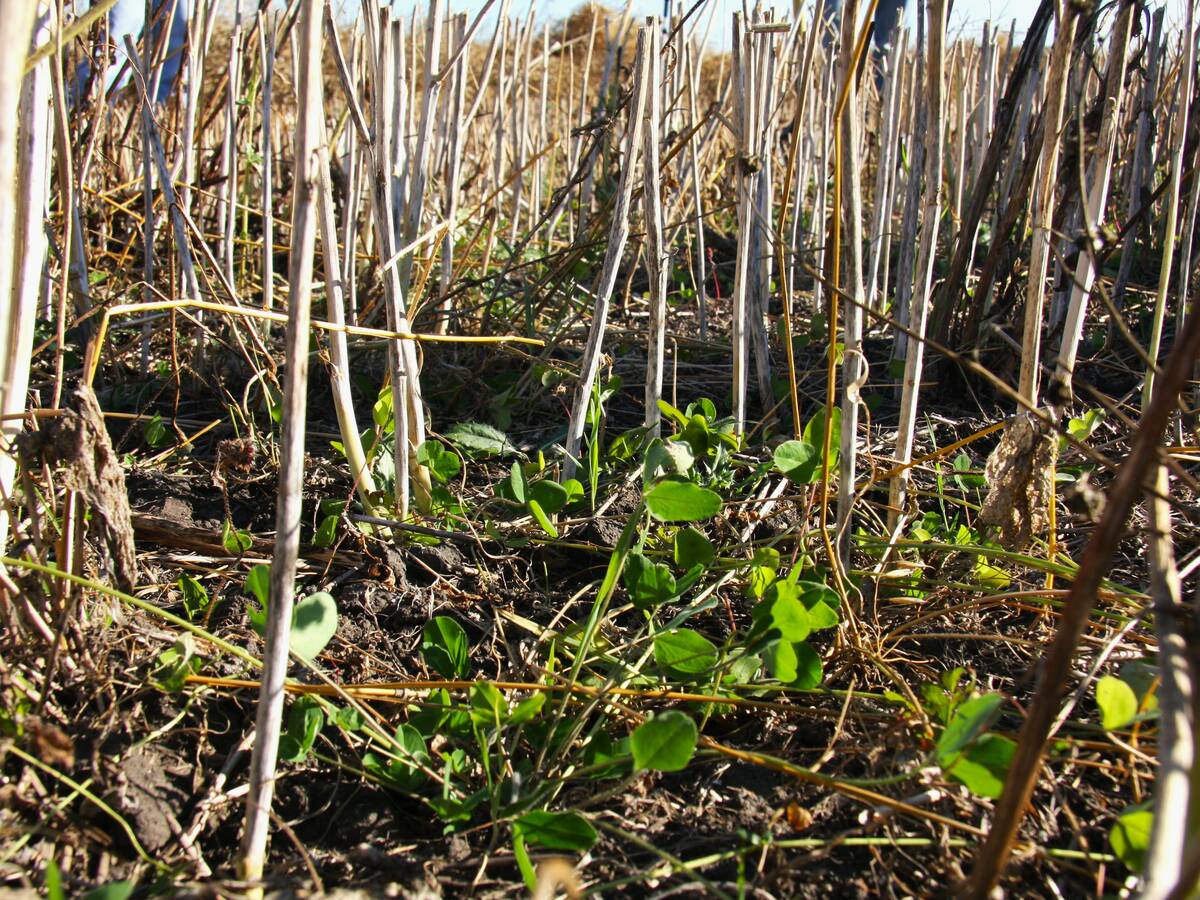Researchers say the accomplishment will provide valuable information to advance breeding of oilseed mustard crop
Black mustard (Brassica nigra), commonly used as a cooking spice, is grown in India and is closely related to mustard and canola.
Recently, an international team of researchers with the Plant Phenotyping and Imaging Research Centre (P21RC) at the University of Saskatchewan and Agriculture Canada decoded the full genome of the black mustard plant, which will provide valuable information to advance breeding of oilseed mustard crops and further the breeding of wheat, canola and lentils.
The research has provided a more defined look at which genes are responsible for which traits and the gene assembly also clarifies how the black mustard genome differs from those of its close relatives, which include cabbage, turnip, canola and oilseed rapeseed. Most importantly the team discovered the first direct evidence of functional centromeres, which are structures on chromosomes essential for plant fertility.
Read Also

Saskatchewan project sees intercrop, cover crop benefit
An Indigenous-led Living Lab has been researching regenerative techniques is encouraging producers to consider incorporating intercrops and cover crops with their rotations.
The research team was able to advance the study through the use of a new genome sequencing technology called nanopore that provides very long reads of DNA and RNA sequences. The process gave information for crop breeding not previously available.
To do this study effectively, the team selected the black mustard plant because it has not been genetically modified, thus taking advantage of the natural qualities of the plant.
“We were interested in Brassica nigra because it has not really been touched by breeding, thus in theory will have maintained natural variation for traits that could be exploited in its more economically valuable relatives,” said Isobel Parkin, research scientist and adjunct professor with the University of Saskatchewan and P21RC member. “But we were also interested in this species because it forms half of the genome of two additional important Brassica oilseed crops: Brassica juncea (condiment mustard) and Brassica carinata, the latter used as an industrial oilseed platform. When I say half the genome, these two species, like Brassica napus (canola), were formed from the fusion of two smaller genomes.”
She said nanopore sequencing is one of two popular techniques for sequencing what are called “long reads.”
“The nanopore refers to a pore or channel in a membrane through which the DNA moves. As the DNA moves through the pore, it interrupts an electric current in a distinctive pattern, which allows the individual sequence bases of the DNA to be read. Previously, most genomes were sequenced using short read technologies (DNA sequences between 100 base pairs and 250 base pairs). Long reads tend to be at least 10,000 base pairs or greater. The length of these sequences simplifies assembling the whole genome since you start with much larger puzzle pieces. In addition, the length of the sequences allows us to resolve what we term low complexity regions, where you have the same sequence repeated multiple times, which was impossible with short reads.”
She said that every genome that is sequenced adds to the knowledge of what defines the traits observed in particular crops.
“As we add sequences, we can associate the similarities and differences between the genome composition(s) to determine why a particular species or crop has a unique trait.”
But defining what those traits are requires additional data to associate what is seen at the sequence level with the trait in question. Parkin said that they have a number of projects carrying out digital and traditional phenotyping of important Canadian crops. Based on prior knowledge, they are able to build up a catalogue of genes from the sequence data that are possibly contributing to specific traits such as disease resistance.
“We have a good idea of the genes which control resistance to a number of important diseases.”
The long read sequence data has allowed unprecedented access to features of plant genomes that were previously hidden. They found, too, that certain genes expressing specific traits such as fungal resistance had multiple copies, floating the question whether the presence of several genes expressed a trait more strongly.
Parkin said that the methodology they developed for Brassica nigra can be applied to other crops and they are currently applying it to a number of different Brassica species, as well as other crops of interest.
With the genome decoded, there is the potential for growing black mustard in Canada but, said Parkin, it has not had the benefit of any breeding efforts so its yield would be significantly less than its relative Brassica juncea, which is grown successfully for condiment mustard.
“However, we can potentially identify traits from B. nigra and move them into B. juncea and indeed some of my colleagues at (Ag Canada) have used B. nigra to identify clubroot resistance and moved this resistance into B. juncea.”
The research study was recently published in the journal Nature Plants.














